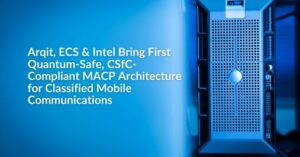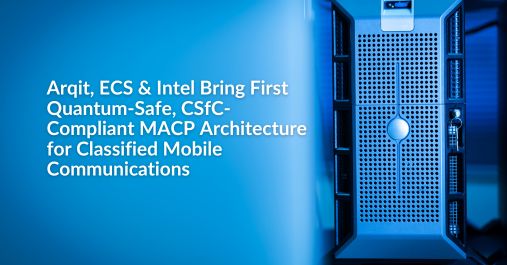We’ve heard futuristic ideas for the metaverse. Some tech leaders would have us envision a place where one friend could instantly join another in a different part of the world for a concert. Others present a universe like that found in sci-fi novels, where people work, play, and socialize in a VR environment.
For now, these activities are a distant dream or nightmare, depending on who you are. The real excitement comes from what’s being done with the metaverse today. Consider the application of the metaverse in simulation and training for organizations.
Powerful Benefits for Simulation and Training
With the metaverse, a business could create digital twins for entire manufacturing facilities or expensive equipment. To what end? With a digital twin of a manufacturing facility, leadership could make changes to the virtual facility to test how it would impact operations. By performing these tests virtually, they remove the risk and cost associated with making changes to their physical facility.
Additionally, businesses could use virtual replicas of their equipment to train employees with no risk — something the military is already doing with helicopter mechanics. This type of training gives employees access to personal machines they can work on and learn about without endangering themselves or the production process.
It’s exciting to think about the potential applications of the metaverse. However, along with its potential, we must consider the computing requirements of the metaverse to ensure businesses can plan well and guarantee successful implementation.
Experiences That Depend on Latency
When you plan to train an employee on expensive equipment or use a digital twin to run simulations for your factory, you need these simulations to be accurate depictions of reality. For example, the inability to see all the components in an engine will hurt the training process and make it more error-prone. One critical factor in seamless simulations is latency.
Employees need to perform training in real-time. In computing, latency has three common bottlenecks: processing power, storage, and network latency.
- Processing power impacts your infrastructure’s ability to render visualizations rapidly and accurately — especially graphics processing or GPUs. Without sufficient processing, experiences will be choppy, poorly rendered, and more likely unfeasible.
- Low latency storage allows you to receive and transmit large amounts of data quickly. This rapid exchange is a must when transmitting the data required to simulate the real-world environment.
- Network latency is key to enabling metaverse capabilities remotely. For example, remote training needs a fast connection to transmit simulations in real-time. High-speed transmission requires robust edge infrastructure, as well as a fast connection on the user side.
While getting ready for the metaverse may require IT upgrades, the benefits are worth it. Faster and more personalized training, lower investment risk, and improved facility management are just a few possible examples.
Explore Hardware Possibilities With a Supply Chain Expert
We work closely with our partners to provide high-performance computing solutions that make advanced computing possible, including applications in machine learning, AI, and the metaverse. Our long history in hardware manufacturing has given us deep supply chain expertise that we can use to help you develop powerful custom solutions. Talk to our team today and develop a solution that fits your unique requirements.








